As early as the early 1980s, the International Radio Consultative Committee CCIR (InternaTIonal Radio ConsultaTIve Committee) formulated the color TV image digitization standard, called the CCIR 601 standard, which is now changed to the ITU-R BT.601 standard. The standard specifies the sampling frequency used when converting a color TV image to a digital image, and the conversion relationship between RGB and YCbCr (or YCBCR).
(1) Conversion between color spaces
The conversion relationship between RGB and YCbCr color spaces in the digital domain instead of the analog domain is expressed by the following formula:
Y = 0.299R + 0.587G + 0.114B
Cr = (0.500R-0.4187G-0.0813B) + 128
Cb = (-0.1687R-0.3313G + 0.500B) +128
(2) Sampling frequency
CCIR stipulates the common TV image sampling frequency for NTSC system, PAL system and SECAM system. This sampling frequency is also used for TV image signal sampling in remote image communication networks, such as ISDN, video conferencing, CCITT-H.261 and optical fiber communication.
For PAL system and SECAM system, the sampling frequency fs is
fs = 625 × 25 × N = 15625 × N = 13.5MHz
Among them, N = 864 is the number of samples on each scan line.
For NTSC system, the sampling frequency fs is
fs = 525 × 29.97 × N = 15734 × N = 13.5 MHz
Among them, N = 858 is the number of samples on each scan line.
The relationship between the sampling frequency and the synchronization signal is shown in Figure 07-04-1.
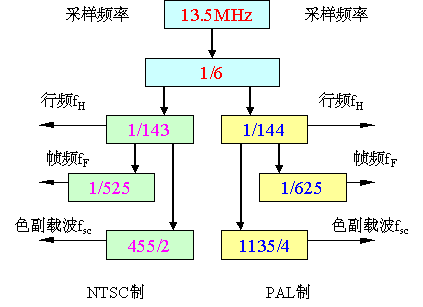
Fig. 07-04-1 Sampling frequency
(3) Effective display resolution
For the luminance signal of PAL system and SECAM system, each scanning line samples 864 samples; for the luminance signal of NTSC system, each scanning line samples 858 samples. For all systems, the number of effective samples per scan line is 720. The sampling structure of each scan line is shown in Figure 07-04-2.
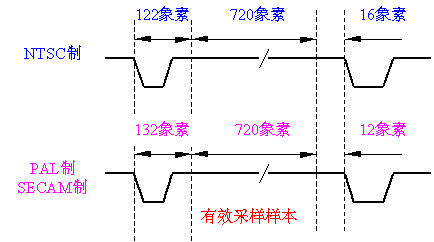
Figure 07-04-2 ITU-R BT.601 brightness sampling structure
(4) ITU-R BT.601 standard summary
In order to facilitate the international exchange of programs, in order to eliminate the difference between the standards of digital equipment, and for compatibility between the 625-line TV system and the 525-line TV system, at the 15th Plenary Session of the International Radio Consultative Committee (CCIR) in February 1982 Adopted Recommendation No. 601, and determined to be based on component coding, that is, to encode based on the luminance component Y, and the two color difference components RY, BY, as an international standard for digital coding in TV studios. The standard provides:
(A) Regardless of whether it is a PAL system or an NTSC system, the sampling frequencies of the Y, RY, and BY components are 13.5MHz, 6.75MHz, and 6.75MHz, respectively.
(B) Linear quantization is used after sampling. The number of quantization bits for each sample is 10 bits for the studio and 8 bits for transmission.
(C) The ratio between the Y, RY, and BY components is 4: 2: 2.
---- At the Interim Conference of the International Radio Consultative Committee (CCIR) held in September 1983, three additional points were added:
(A) It is clearly stipulated that the encoded signal is Y, (RY), BY) signal pre-corrected by γ;
(B) Codewords corresponding to quantization levels 0 and 255 are dedicated to synchronization, and quantization levels from 1 to 254 are used for video signals;
(C) Further clarify the correspondence between analog and digital lines, and specify the interval from the end of the digital effective line to the reference time sample point, which is 16 samples for 525 lines, 60 fields / second, and 625 lines , 50 fields / second is 12 samples. Regardless of 625 lines / 50 fields or 525 lines / 60 fields, the number of brightness samples of the digital effective line is 720, and the number of samples of the color difference signal is 360, which is to facilitate system conversion. If the number of brightness samples is divided by 2, the data of the color difference signal is obtained.
Table 07-04-1 gives the sampling format, coding parameters and sampling frequency recommended by ITU-R BT.601.
ITU-R BT.601 recommends using 4: 2: 2 color TV image sampling format. When using this sampling format, Y uses a sampling frequency of 13.5MHz, and Cr and Cb use a sampling frequency of 6.75MHz. When sampling, the sampling frequency signal should be synchronized with the field synchronization and line synchronization signals.
Table 07-04-1 Color TV digitalization parameters (abstract)
Sampling format | Signal form | Sampling frequency (MHz) | Number of samples / scanning line | Digital signal range (A / D) | |
NTSC | PAL | ||||
4: 2: 2 | Y | 13.5 | 858 (720) | 864 (720) | 220 levels (16 ~ 235) |
Cr | 6.75 | 429 (360) | 432 (360) | 225 level (16 ~ 240) | |
Cb | 6.75 | 429 (360) | 432 (360) | (128 ± 112) | |
4: 4: 4 | Y | 13.5 | 858 (720) | 864 (720) | 220 levels (16 ~ 235) |
Cr | 13.5 | 858 (720) | 864 (720) | 225 level (16 ~ 240) | |
Cb | 13.5 | 858 (720) | 864 (720) | (128 ± 112) | |
(4) CIF, QCIF and SQCIF
In order to use both 625-line TV images and 525-line TV images, CCITT specifies the so-called common intermediate resolution format (CIF, Common Intermediate Format), 1/4 common intermediate resolution format (QCIF, Quarter-CIF) and SQICF (Sub-Quarter Common Intermediate Format) format, specific specifications are shown in Table 07-04-2.
The CIF format has the following characteristics:
①The spatial resolution of the TV image is the resolution of the home video system (VHS, Video Home System), which is 352 × 288.
â‘¡ Use non-interlaced scan.
③ Using the NTSC frame rate, the maximum frame rate of TV images is 30 000 / 1001≈29.97 frames / second.
â‘£ Use 1/2 PAL horizontal resolution, namely 288 lines.
⑤ Encode the luminance and two color-difference signals (Y, Cb, and Cr </ SUB>) separately, and their value ranges are the same as ITU-RBT.601. That is, black = 16, white = 235, the maximum value of color difference is equal to 240, the minimum value is equal to 16.
Table 07-04-2 CIF and QCIF image format parameters
CIF | QCIF | SQCIF | ||||
Lines / frame | Pixels / line | Lines / frame | Pixels / line | Lines / frame | Pixels / line | |
Brightness (Y) | 288 | 360 (352) | 144 | 180 (176) | 96 | 128 |
Chromaticity (Cb) | 144 | 180 (176) | 72 | 90 (88) | 48 | 64 |
Chroma (Cr) | 144 | 180 (176) | 72 | 90 (88) | 48 | 64 |
Philizon enjoys a high reputation in Grow Light and Aquarium Led Light fields throughout Europe and America, Philizon also insists on taking high technology to design the newest&best Square Grow Light and aquariumlight constantly as the market request. Our R&D team with more than 10 people has rich experience in appearance design, electronic structure,heat dissipation simulation analysis, optical lens design, lightcontrol system etc. Most of our hydroponics full spectrum Led Grow Lighting and marine coral reef ledaquarium lighting are private modules,we have 10 more design patent and utility model patent till now.
Our Square Grow Light and Led Aquarium Light are popular in led market, cause its elegant outlook and its high quality and competitive price.


What is Full spectrum led chip ?
It is the newest trend for indoor plants. Advanced Led Grow Lights chip,not provide sigle color ,provide broad spectrum 400nm~840nm,simialr with sun light ,but most is red and blue,it is best for plant grow.This is a revolutionary step for Grow light which have previously been unable to act as the sole light source for the indoor garden.Suitable for all stages of plant growth.
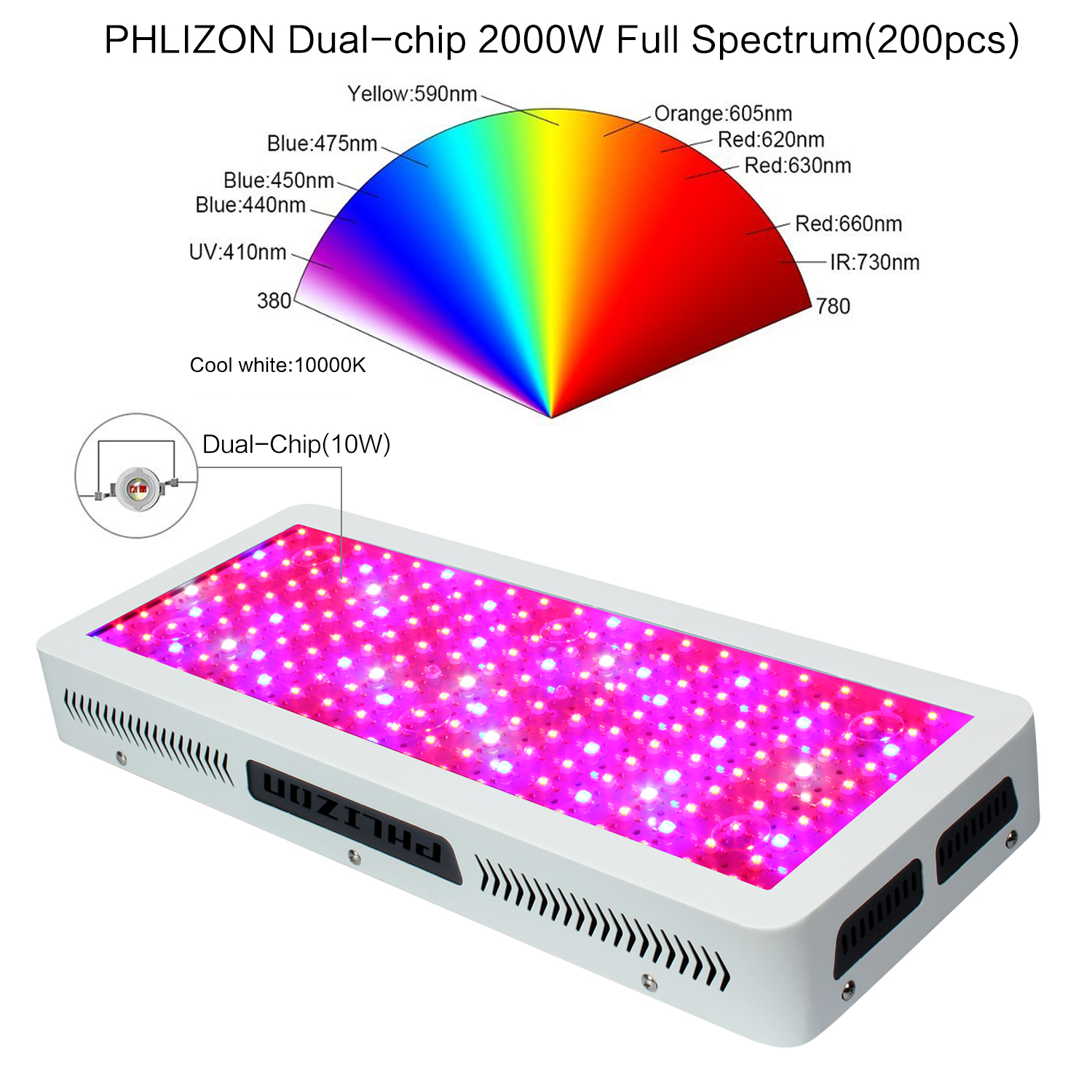
Advtanges:
Upgraded Epistar chips,High Lumen,High penetration.
Plug with listed certificate safe to use.

The Plug you can choose

Ageing Test
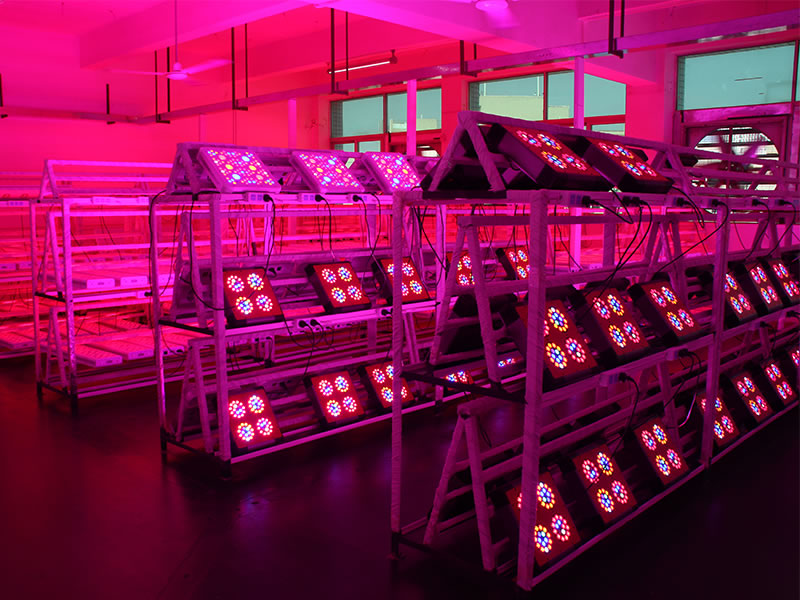
Package


Our professional Square Grow Light are suitable for all the indoor plants and good for seeding, growth,flowering and fruiting stages of plants, increasing the harvest and Saving energy.

Our Quality Control systems
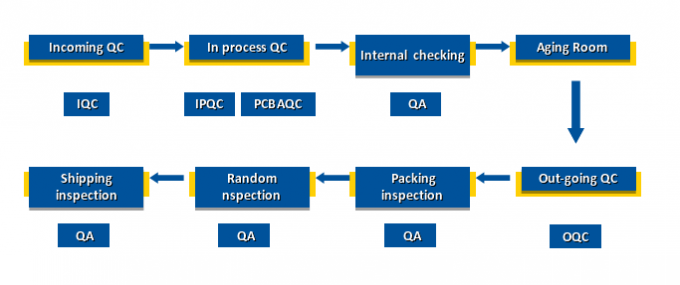
Our Company
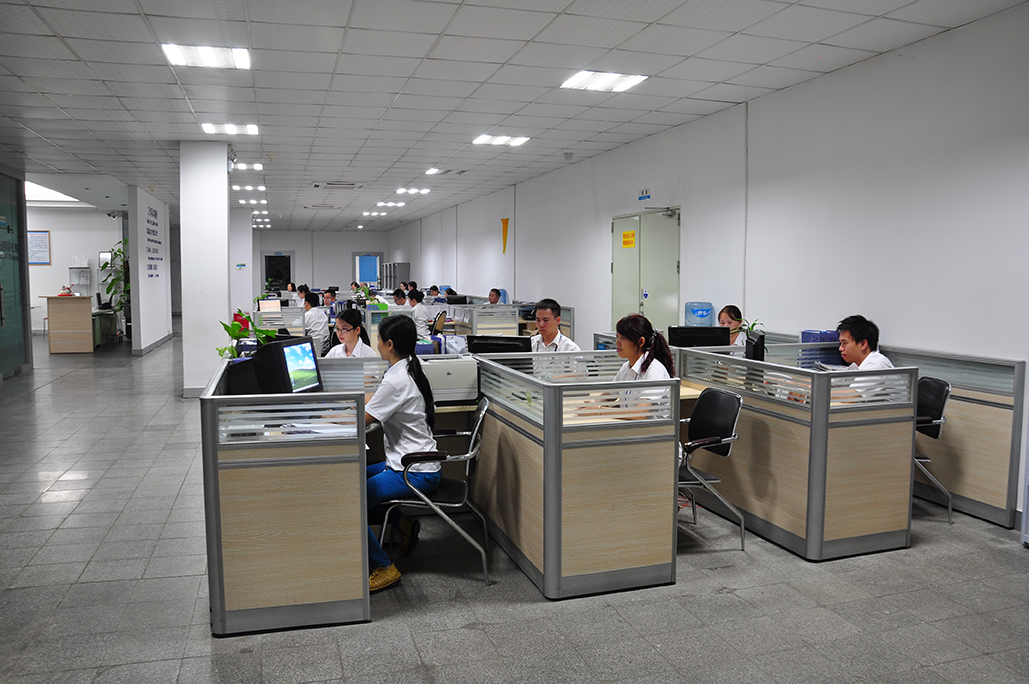
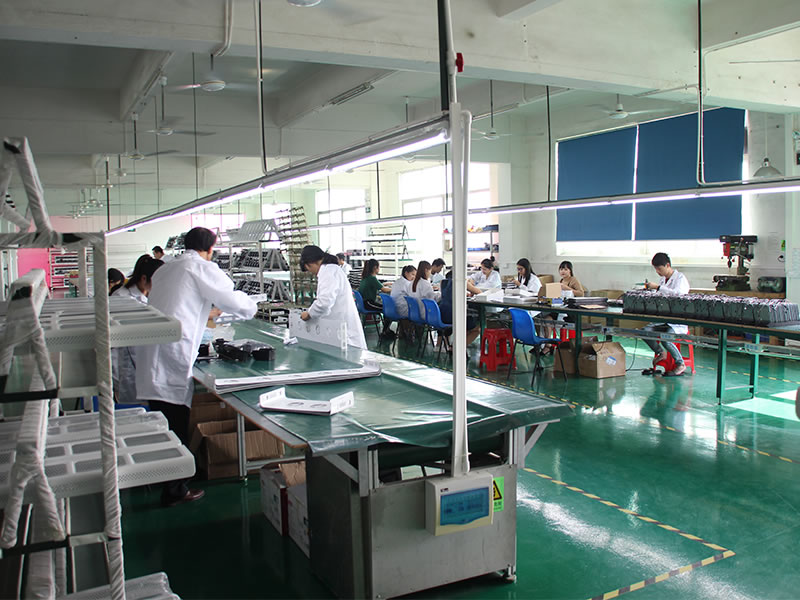
Our Advantages
Professional: we are professional LED Grow Lights and LED Aquarium Light manufactuer here in China, you will get Professional and High quality LED Grow Lights and Led Aquarium Lighting from us and get good guarantee.
Cost-effective Price: we don`t have the lowest price, but the grow lights and Aquarium Light you get from us really cost-effective, good quality & decent price.
Win-win situation: Long term business is our mission, we think you will agree with us if you are running a business, so we will provide good led aquarium grow lights and warming service to build a long-term business relationship with you
24/7 unlimted customer service: we are always here for you for your question, any question just email us or call us, we will do our best to help you all the way.
Long term warranty: Don`t worry about the quality and we guarantee you 3years warranty for all the LED Plant Grow Light and Coral Reef Led Aquarium Light..
Best buying experience: you will get the tiptop serive you have ever had,just have a try and you`ll see.
Trade Terms
Payment: T/T, L/C, Paypal, 30% deposits before production, 70% balance to be paid before deliverying(Western Union are welcome)
Sample will be delivered within 7 working days.
Discounts are offered based on order quanlityes.
MOQ:sample order are acceptable
Delivery ways:DHL,UPS,FedEx,TNT, door to door,by sea,by air,etc.
Philizon Square grow lights are perfect for green house applications and much more!
Led Grow Room Lights,Led Grow Living Room Lights,Led Grow Tent Room Lights,Led Green Grow Room Lights
Shenzhen Phlizon Technology Co.,Ltd. , https://www.philizon.com